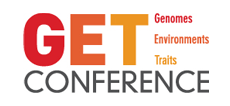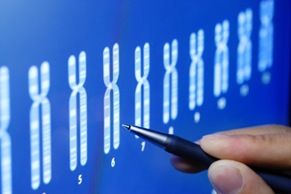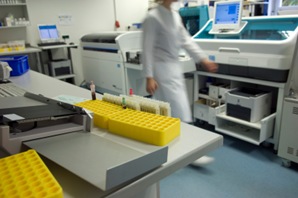Today at noon, the American Society of Human Genetics lifted an embargo on “Inferring Genetic Ancestry: Opportunities, Challenges, and Implications (pdf),” which will be published in the May 14th issue of the American Journal of Human Genetics.
This paper is a follow-up to a 2008 paper called the “ASHG Ancestry Testing Statement and Recommendations” in which a committee from the ASHG addressed concerns about the claims made by genetic ancestry testing companies. I wrote an article here on the blog at the time – The ASHG Ancestry Testing Statement and Recommendations – that highlighted a number of concerns I had about the statement and the recommendations.
When I wrote the November 13, 2008 blog post, I began by pointing out my personal positions, which have largely remained unchanged in the intervening 1.5 years:

 An article in the United Arab Emirate newspaper
An article in the United Arab Emirate newspaper 

 The Virginia Commonwealth University Life Science Center has released the results of the
The Virginia Commonwealth University Life Science Center has released the results of the 
